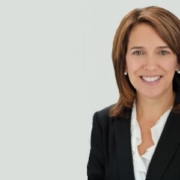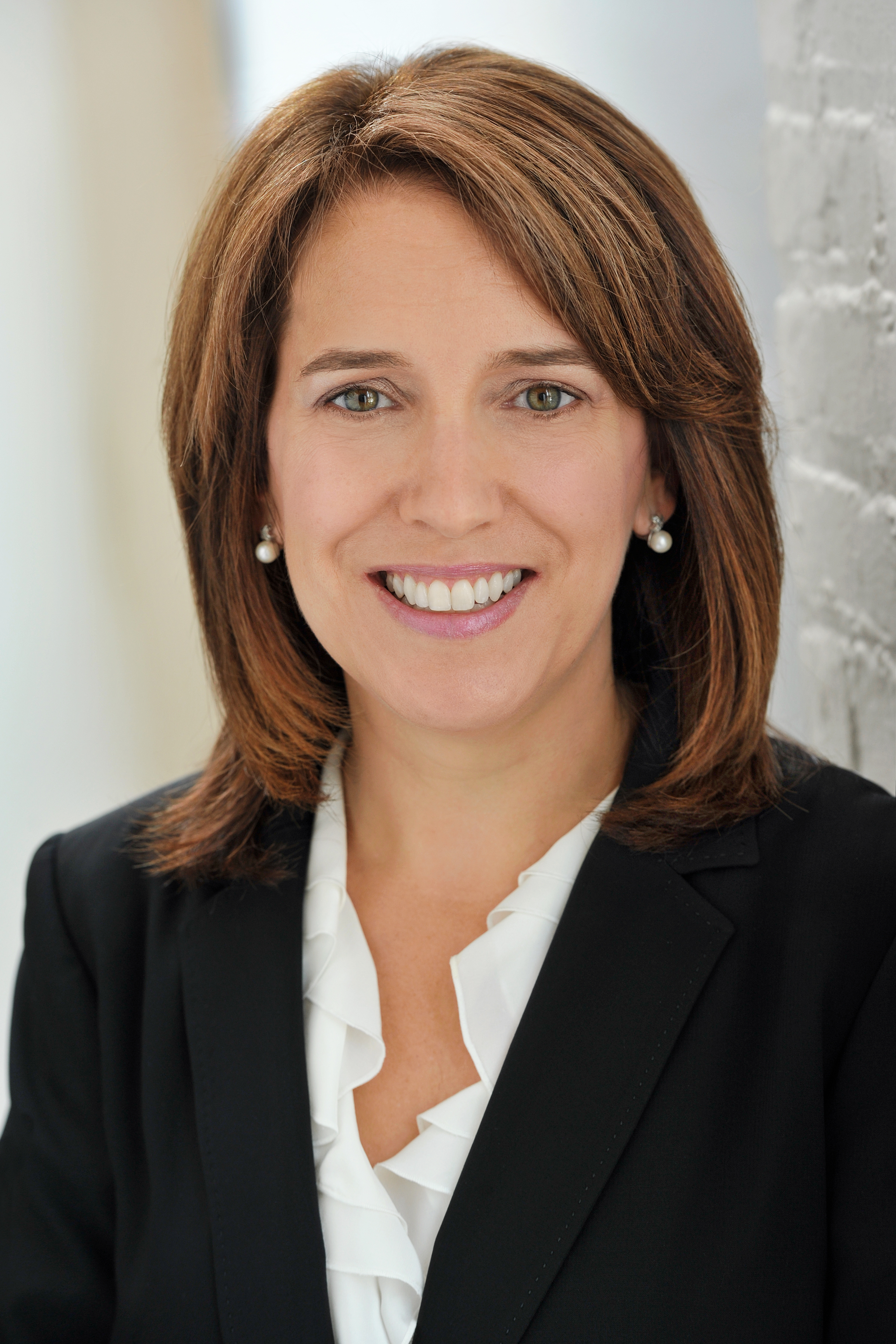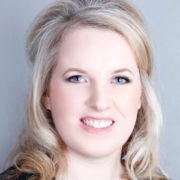Thought Leaders: Davia Temin, CEO, Temin & Co.
 Today, with our myriad platforms on which to publish, promote, “like,” and share, maintaining a reputation is both easier and more difficult. The Internet as a tool can make our thoughts and feelings public instantly – so you had better be sure what you do share is authentically you, and carefully considered. That goes doubly for leaders – because especially when they self-publish over social media, leaders are the subject of other people’s scrutiny and discussion. And that’s the essence of reputation – you can craft it with your own behavior, but it is spread by other people.
Today, with our myriad platforms on which to publish, promote, “like,” and share, maintaining a reputation is both easier and more difficult. The Internet as a tool can make our thoughts and feelings public instantly – so you had better be sure what you do share is authentically you, and carefully considered. That goes doubly for leaders – because especially when they self-publish over social media, leaders are the subject of other people’s scrutiny and discussion. And that’s the essence of reputation – you can craft it with your own behavior, but it is spread by other people.
Davia Temin, Founder and CEO of the global reputation management firm Temin & Co., sincerely believes that your reputation is your biggest asset – and it’s also a big responsibility. She explained, “The first quote on our website is by Warren Buffett and I think it’s the best and most true way leaders think about reputation. He says, ‘It takes 20 years to build a reputation and five minutes to ruin it. If you think about that, you’ll do things differently.’”
Your reputation encompasses how you conduct yourself, what you say and do, what you say about yourself, and what other people say about you. It’s built on a lifetime of actions and interactions, Temin says. Leaders need to be sure they’re living up to the reputation they want to have. “Seek to create an authentic and consistent reputation that encapsulates and captures your best self. And then live up to it.”
How to Craft Your Reputation
In Classical literature, Temin said, Hermes (messenger of the gods) was referred to with the epithet “fleet-footed.” She continued, “That’s a tagline that would encapsulate a reputation. It’s important in creating a brand within and outside your organization that you think about how you want to be known.”
But how you want to be known must also be firmly rooted in what you truly do. “To build a reputation for something that’s not really you is pure foolishness,” she said. “Because to have staying power, and to have stickiness, a reputation has to be tied to reality.”
“There are many different ways you could be known, and all of them are true and all of them are resonant. So you have to think about which you embrace and start to use to describe yourself,” she explained. “When I think about my company, I think we want to be known as indefatigable, that we do a better job than anyone else, that we strive for pure excellence. How do I encapsulate that? In my own head, I say we are A+++ players – that’s who we are and how we think about strategy and challenges.”
Similarly she continued, “Any professional person within an organization or on their own can think about what they ideally want their reputation to be. So, let’s say you work in an organization where women are sometimes considered too tactical, and you want to be seen as more strategic. In an appropriate way, you bring up strategy continually. You could refer to yourself as a strategist, and articulate that in a nuanced way.”
She also suggested writing thought leadership pieces, positioning yourself as an expert on the subject you want to be known for. “Then when there is a crisis or a problem, you’re already known to be a strategic thinker, and it gives you the credence in that situation to back up that reputation with deeds.”
Reputation and Women
Temin says women don’t always focus on reputation as much as they could. “I don’t think women often pay enough attention their brand. It should be part of your self-assessment.”
For example, she cited research showing that men tend to put more time into their annual self-assessments at work, whereas women will spend just the last 30 minutes of their day jotting down their thoughts. “Women need to spend as much time on self-assessments as they would on a product or team they manage. Sometimes we think ‘My work will speak for itself.’ But you have to lead people to what you want them to think about you.”
She continued, “But you also have to be cognizant that you don’t seem too narcissist or overreaching in saying too much. Put yourself forth in a way that is consistent with the norm in your organization. You can keep a little bit of humility even at the same time as your putting yourself forth.”
Temin encouraged women to share more about their vision for their project or organization as well – to contend with that stereotype of women being more tactical than strategic. “I do a lot of work with clients about being able to articulate their vision. You want to inspire people – to lead them, as opposed to just managing them.”
Building Her Own Reputation
Temin began her own career as an academic. After graduating from Swarthmore, she enrolled in an art history PhD program at Columbia. “It took me a while to figure it out. I’d call myself a substantial dilettante. I wanted to know a lot about a lot.”
She continued, “Then I wanted to have agency in the world – or the ability to envision change and be able to make that change happen.” She took a job with the government of Massachusetts as an ombudsman in the executive office of the governor. She began to notice how the governor at the time worked with the press, and began to build a reputation for herself in the communications area.
Then she founded Hermes, the magazine for Columbia Business School, and when she excelled, Harvard took notice and offered her a job. Columbia countered with an offer to start up a public affairs program for the business school. “My job was to make sure the research and strategy we were writing about was seen and perceived by others.”
She took the role at Columbia and oversaw the program’s move up the rankings – from number 14 to number four. “What I learned how to do is create a reputation by leveraging off of the intellectual capital of the organization. That’s thought leadership.”
By the way, this was all before Temin turned 30. “And by that time I had a strong business interest, and I joined Citi as the youngest Vice President the company had ever hired from outside, to run marketing for the North American Investment Bank. It turned out I was really good at tamping down crises.”
After spending a few years with Citi, Temin then ran marketing for investment firm Scudder, Stevens and Clark, Schroders Investment Bank in the US, and finally General Electric Capital. Throughout that time, she noticed that she couldn’t find a single crisis management firm run by a woman. “And I thought if I was looking for them, other people must be too. So I started my own. I haven’t looked back since. I love it.”
“But I wanted to do it my way. I wanted to create a firm that was as good as the one I would look to hire, and I seek to do that every day,” she said. And 15 years later, Temin has built a firm that lives up to that reputation.
By Melissa J. Anderson (New York City)







